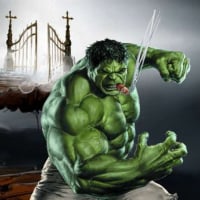Rips Journey to Cuba
Comments
-
So very nice, gorgeous! :-)Life is too short, live it like no tomorrow...0
-
Wow that's a beautiful humidor, congrats on it finally reaching you0
-
wow just wow. what are the plans for the other 4 if you don't mind me asking0
-
Nicest looking humidor I've ever seen.0
-
That is amazing. The most beautiful humidor I have ever seen. Congrats on the treasure.0
-
Congrats on the humi, and having good friends who take care of you. That is freakin' awesome!!0
-
That is one humi that I've never seen before!! Are you adopting? Can I apply?0
-
That is some incredible craftsmanship. Thanks for sharing!0
-
Thanks for your nice comments guys. The humidor is next to my bed side table because I like to look at it every possible moment. I know I am crazy.0
-
Not crazy at all. I would do the same thing.rzaman:Thanks for your nice comments guys. The humidor is next to my bed side table because I like to look at it every possible moment. I know I am crazy.0 -
I have one just like it in my Ferrari ... Zzzzzzzzzz snore zzzz snore zzz"It's plume, bro. Nothing to worry about. Got any Opus?" The suppose to be DZR0
-
danielzreyes:I have one just like it in my vtech honda civic (hella flush) ... Zzzzzzzzzz snore zzzz snore zzz0
-
WOW. I don't get humi envy very often, but I do now!0
-
Daniel, indeed legendary Cuban Cigar maker Cohiba teamed up with Ferrari to make a portable in car Humidor, specifically designed for the Ferrari F430 and 599 GTB. The exclusive cigar humidor includes 12 Siglo VI Cuban cigars. Please see some pictures below:

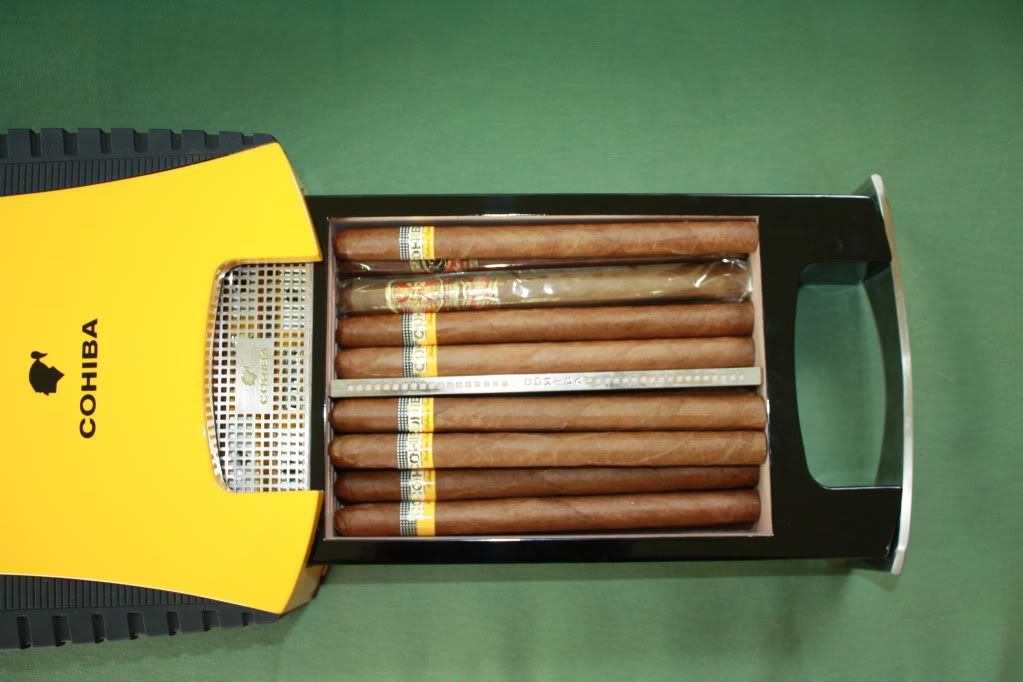 Read more: Cohiba Humidor For Ferrari | LUXUO Luxury Blog http://www.luxuo.com/cigars/cohiba-humidor-ferrari.html#ixzz2HEut6Zgn
danielzreyes:I have one just like it in my Ferrari ... Zzzzzzzzzz snore zzzz snore zzz0
Read more: Cohiba Humidor For Ferrari | LUXUO Luxury Blog http://www.luxuo.com/cigars/cohiba-humidor-ferrari.html#ixzz2HEut6Zgn
danielzreyes:I have one just like it in my Ferrari ... Zzzzzzzzzz snore zzzz snore zzz0 -
The Cohiba-Ferrari humidor is available in the U.S. without the cigars lol.0patience:That is so cool!
Too bad it isn't available to us US folks. LOL!0 -
Shhh I'm still sleeping Rip. I'm dreaming I live in Nicaragua and I have my own Mango tree.rzaman:Daniel, indeed legendary Cuban Cigar maker Cohiba teamed up with Ferrari to make a portable in car Humidor, specifically designed for the Ferrari F430 and 599 GTB. The exclusive cigar humidor includes 12 Siglo VI Cuban cigars. Please see some pictures below:
 Read more: Cohiba Humidor For Ferrari | LUXUO Luxury Blog http://www.luxuo.com/cigars/cohiba-humidor-ferrari.html#ixzz2HEut6Zgn
danielzreyes:I have one just like it in my Ferrari ... Zzzzzzzzzz snore zzzz snore zzz"It's plume, bro. Nothing to worry about. Got any Opus?" The suppose to be DZR0
Read more: Cohiba Humidor For Ferrari | LUXUO Luxury Blog http://www.luxuo.com/cigars/cohiba-humidor-ferrari.html#ixzz2HEut6Zgn
danielzreyes:I have one just like it in my Ferrari ... Zzzzzzzzzz snore zzzz snore zzz"It's plume, bro. Nothing to worry about. Got any Opus?" The suppose to be DZR0 -
In Cigar Aficionados Cuba edition the title of the article was A day trip to Pinar del Rio. That beautiful picture really inspired me to visit Pinar del Rio. However, in reality the name of the place is Vinales which is a small town and municipality in North-Central part of Pinar del Rio province in Cuba. It does have some tobacco planation but this area does not belong to Vuelta Abajo. Indeed, it is very quiet and beautiful. Vinales is two hours drive from Havana and the road situation can be very challenging in some parts of the trip. It is a must visit place before visiting Vuelta Abajo. The Vinales Valley has a breathtaking panoramic landscape. The Vinales Valley has been listed as a UNESCO World Heritage Site since November 1999, for the breathtaking landscape and traditional agriculture as well as vernacular architecture, crafts and music. There is a beautiful colonial hotel where I spend few hours just smoked, drank Havana club rum and enjoyed the peaceful nature. I wasnt allowed to spend night outside Havana so I had to pass that.
I got up very early morning and had a great Cuban made French style buttered bread, fresh orange juice with Cubita coffee. I couldnt sleep well because of the excitement. My permission visit outside Havana came at the last moment when I almost gave up my hope. I was little depressed as well because I thought I would never get the chance to see Robinas tobacco firm in Pinar del Rio. Me and my buddy woke up very early, had a light breakfast and started our journey to Pinar del Rio. We were not allowed to get out of the car until reach to Pinar del Rio Province. The Cuban country side reminds me of Vietnam a lot. Tall palm trees, lakes and chains of green hills and mountains were simply splendid.
Here are some pictures: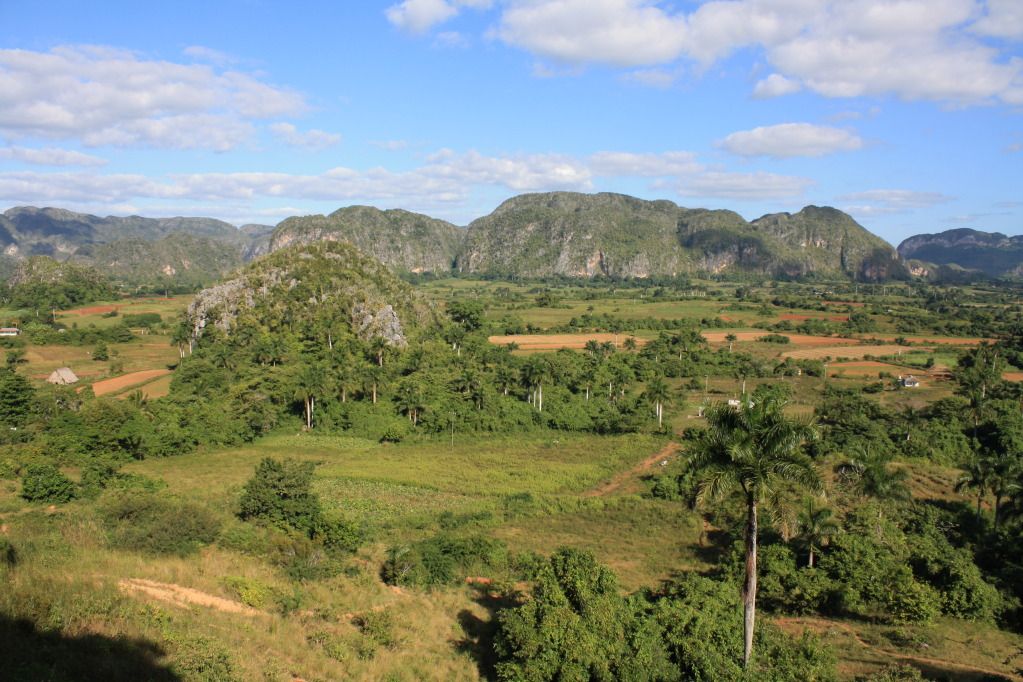
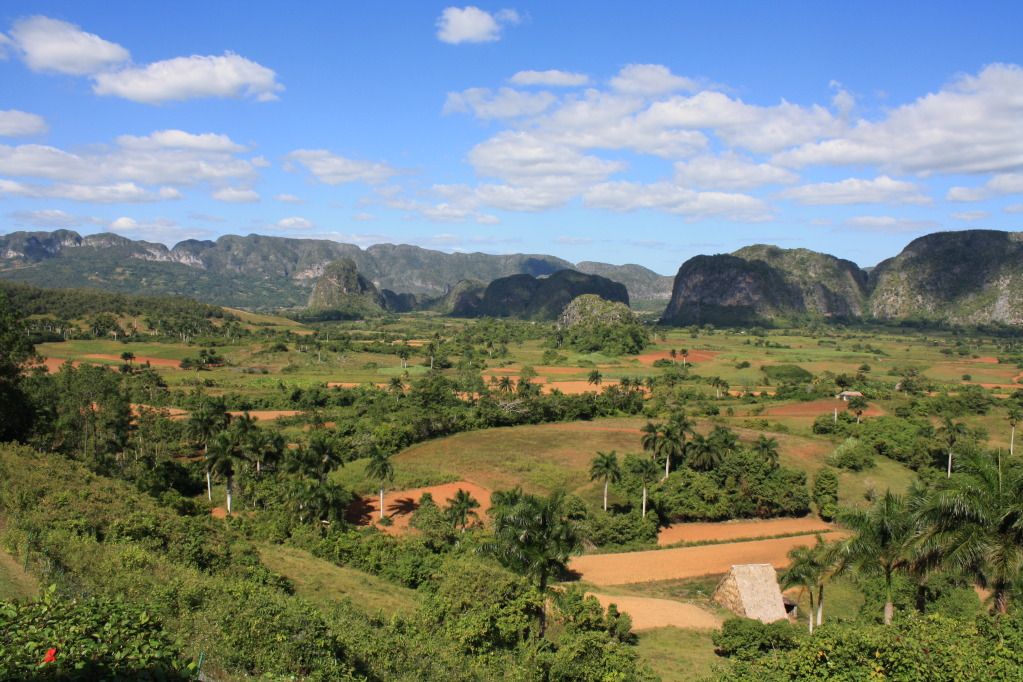
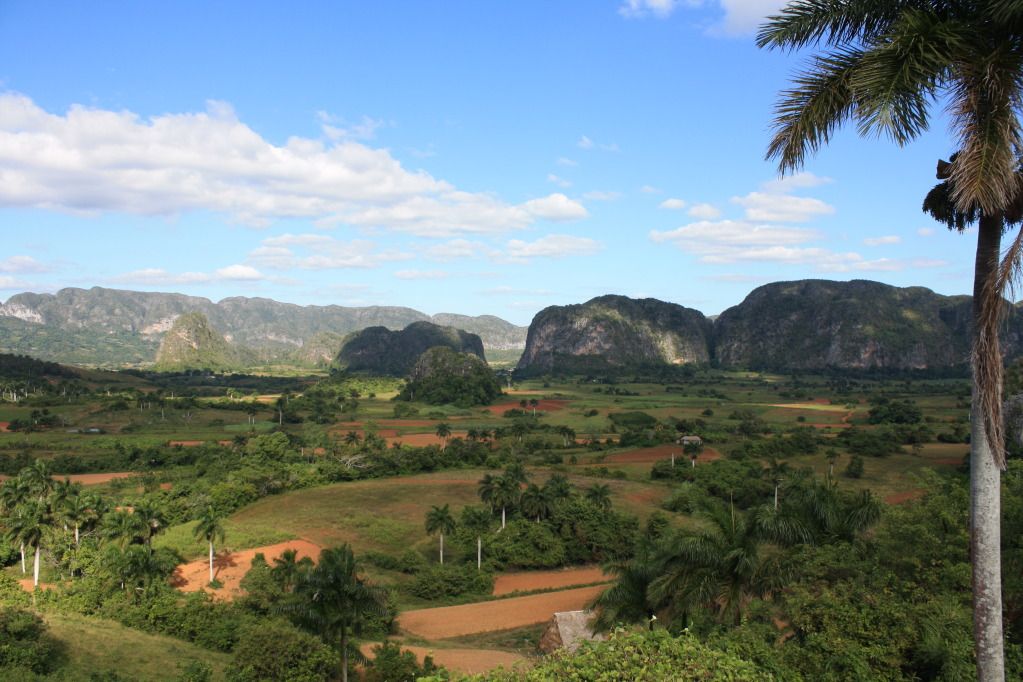
Local breakfast with strong Cuban coffee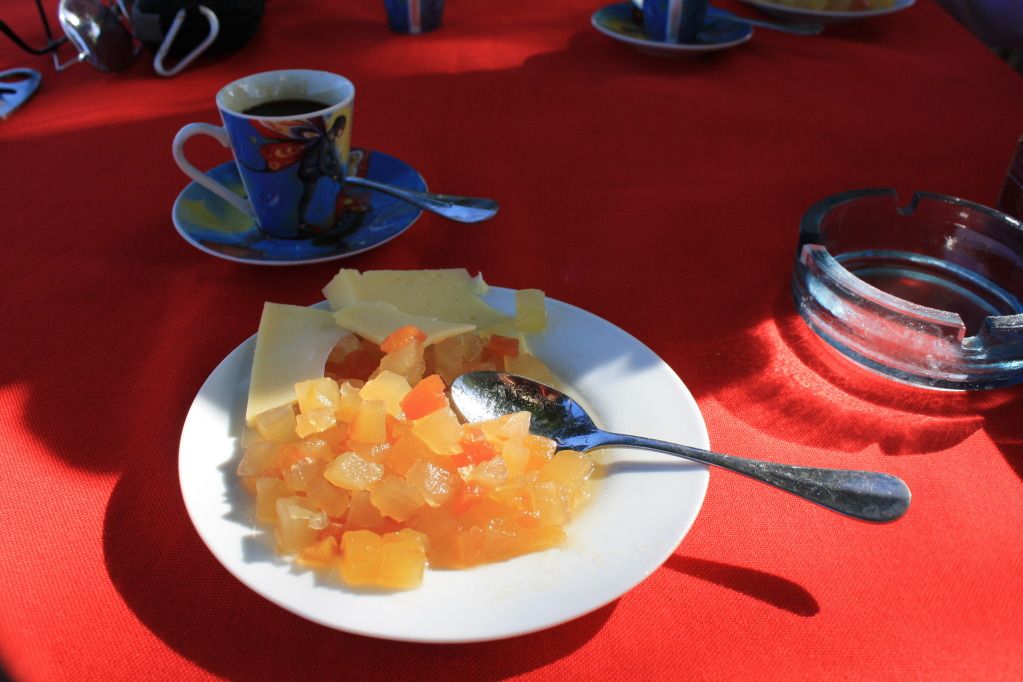
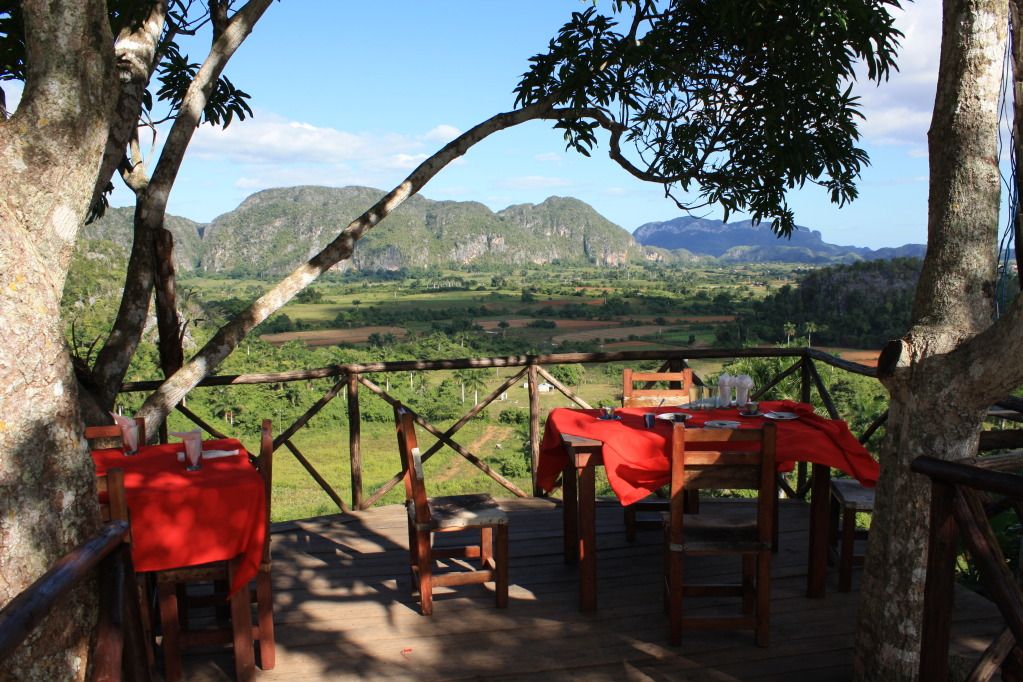
Hotel Los Jazmines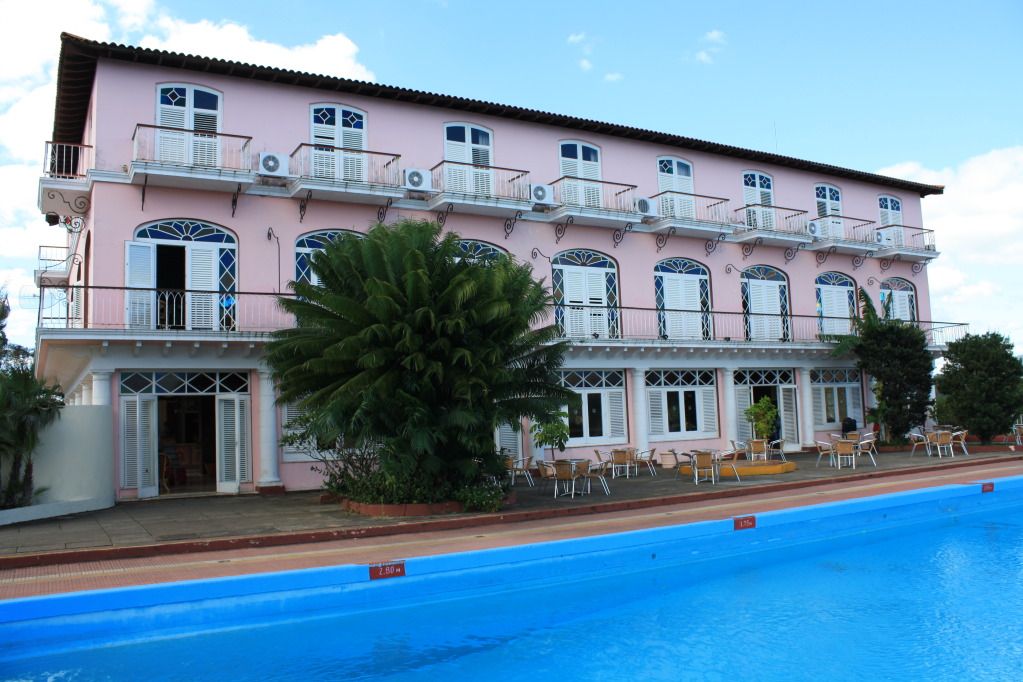
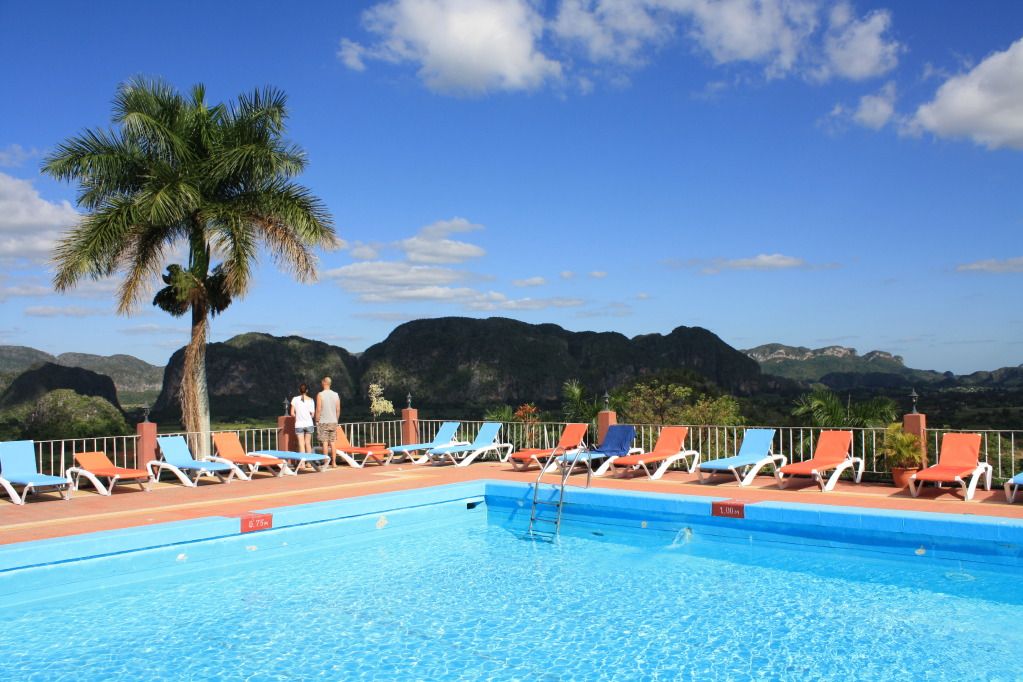
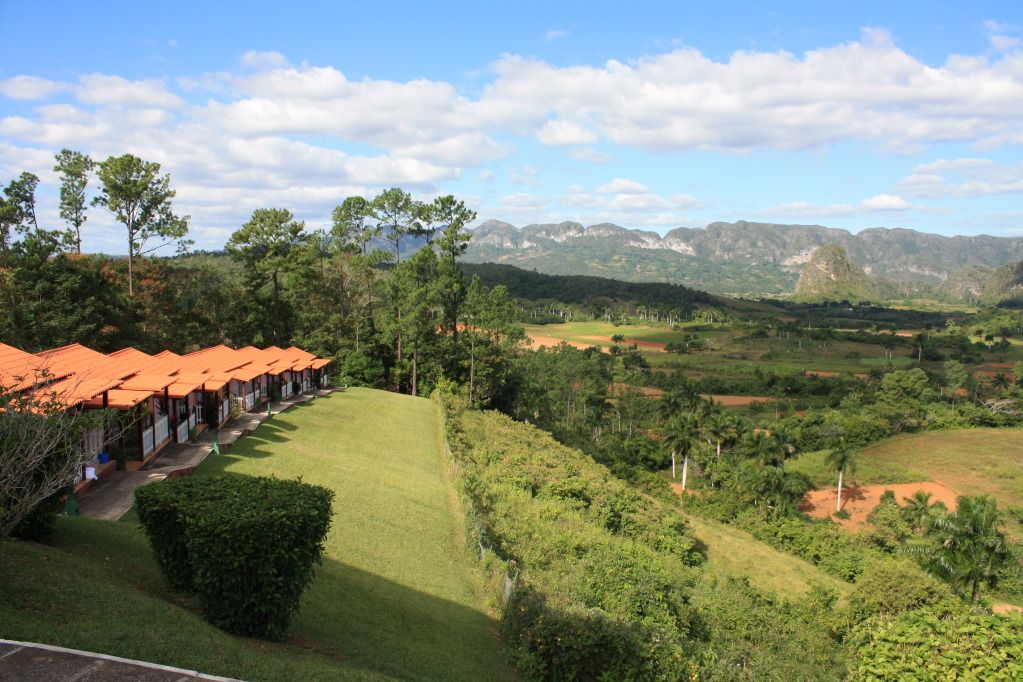 0
0 -
Beautiful Rip, just beautiful."It's plume, bro. Nothing to worry about. Got any Opus?" The suppose to be DZR0
-
Those pictures look amazing looks really relaxing0
-
what was the fruit breakfast rip0
-
Mixed fruits coated with sugar relish and sliced cheese. It is tasty with strong black coffee.jeep edson:what was the fruit breakfast rip0
-
looks kinda like a chutney. bet it wouldgo good with a strong cigar.0
-
Reuters correspondent Jeff Franks wrote a travel story about Havana in February 2010. The article caught my eyes back then while I was dreaming to visit Havana. I thought I will post this here to give you a sense of restoration of the old Havana city. I have talked with many Cubans during my visit there. In the U.S., we think Cubans want more money for a better life but in Cuba the definition of better life is different than the capitalist better life. Cubans are very proud of their history, culture and heritage. Jeffs article discovered the truth that many Cubans understand the current slow economic growth but at the same time they do not want to accept as usual capitalist reform where 1% owned majority wealth and the rest suffers. I want to make it very clear that my above statement is based on my observation in Cuba, it is not my opinion. I am positing some pictures I took of the restored part of Havana as well as the original article in Jeffs own words:
Every winter, tourists from frozen homelands in the north fill the sunny streets of Old Havana admiring its picturesque colonial buildings and centuries-old squares. They sip mojitos in the Bodeguita del Medio where Ernest Hemingway supposedly hung out, eat in atmospheric restaurants along Calle Obispo and stay in lovely old hotels restored to their former glory as part of a massive remake of Havana's historic center by the Cuban government.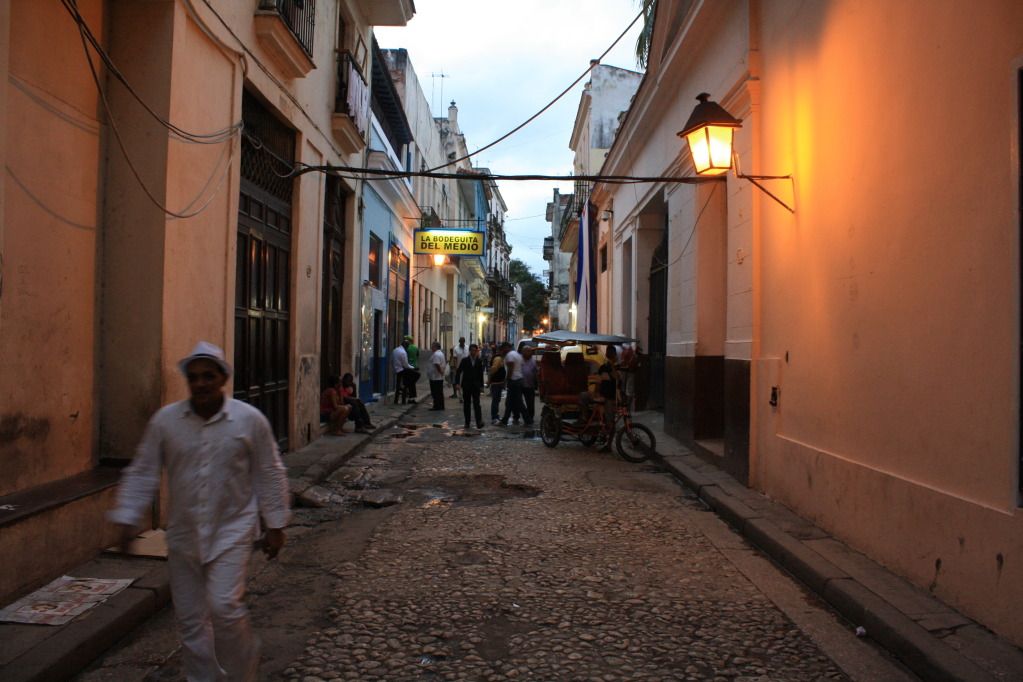
But if they walk a few blocks on, they leave the manicured surroundings and emerge into a different Old Havana, where broken, unpainted buildings line pothole-filled streets and history is not recreated, but lived in a continuum of decay. There, people live in rundown apartments, get their monthly food ration at spartan government stores and buy their drink at state-run shops where wine and rum are served in old water bottles. With its two very different faces, Old Havana is both the centerpiece of Cuban tourism and a symbol of the city's larger problems.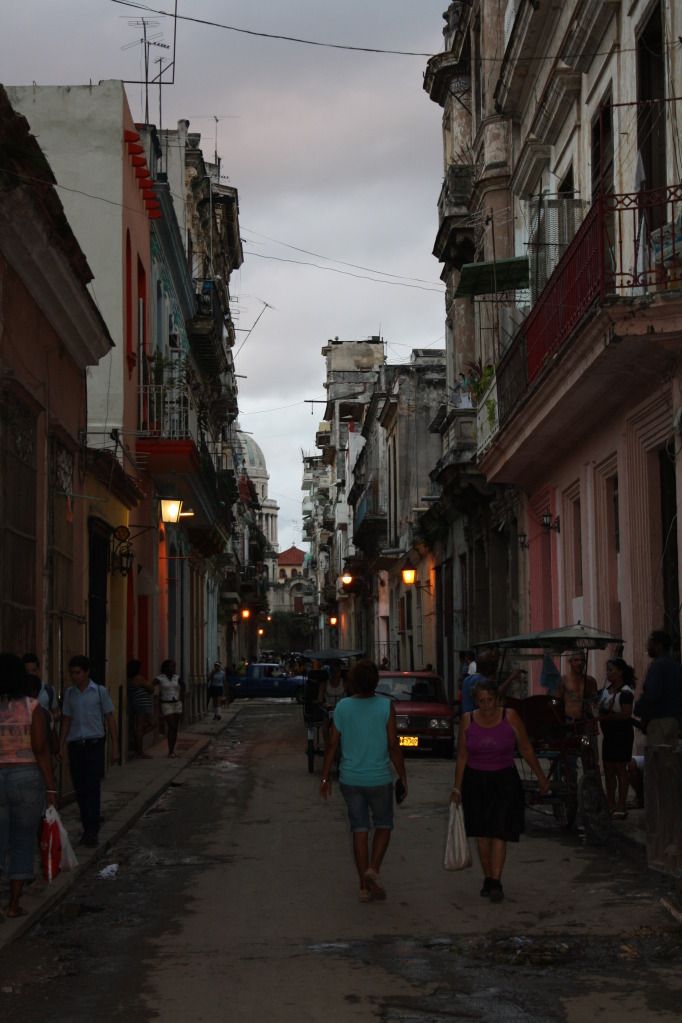
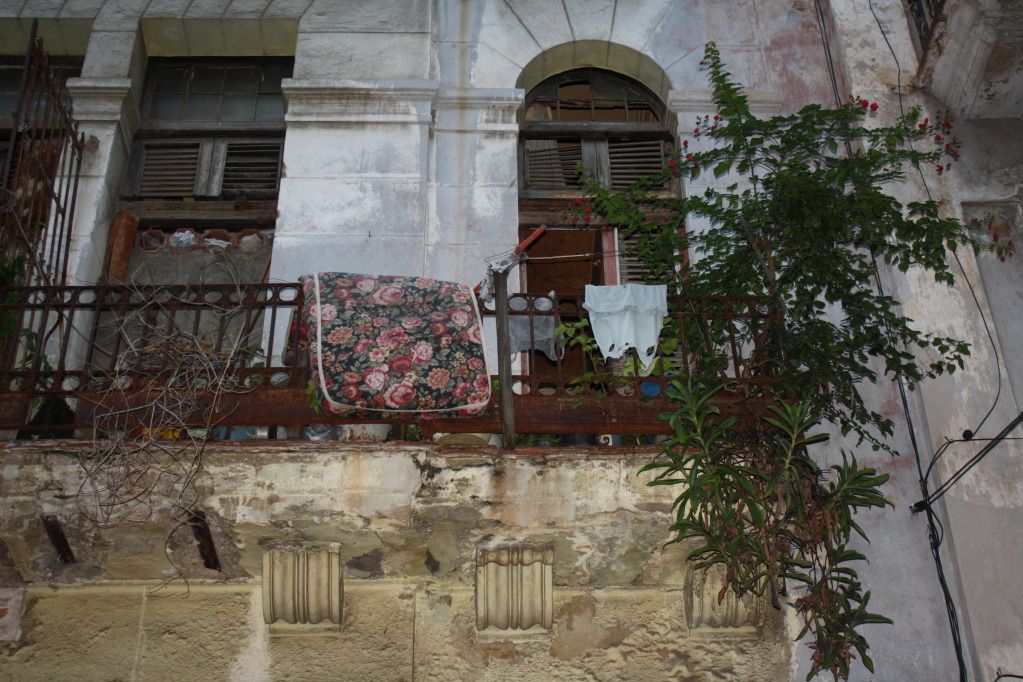
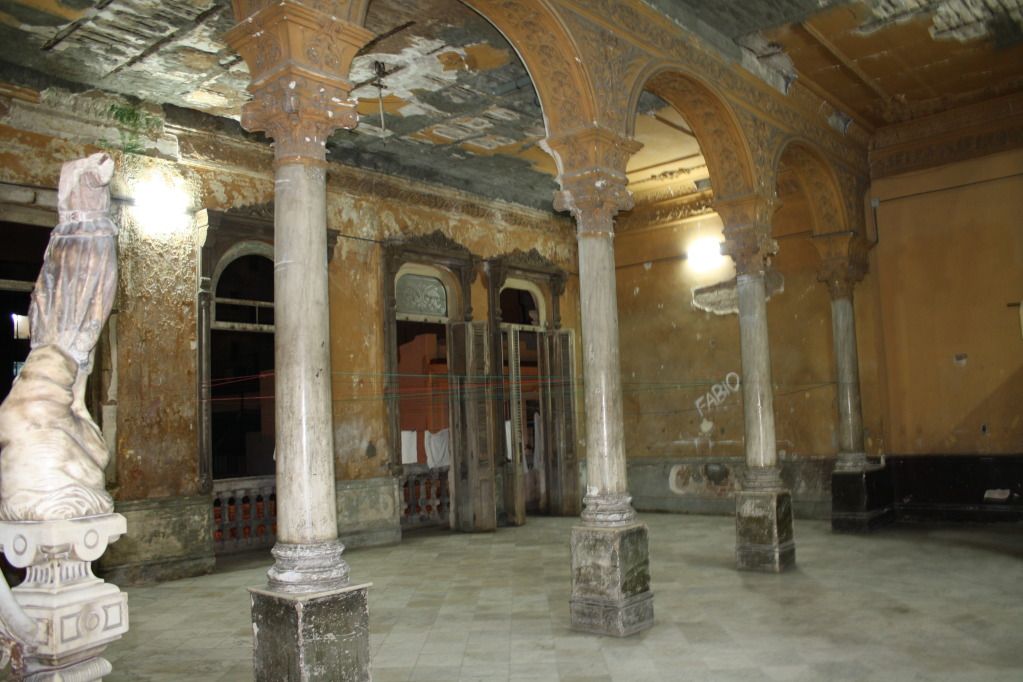
Cuba's capital, founded beside Havana Bay by the Spaniards in 1519, is a place where the past is remarkably intact, but thousands of its historic buildings are threatened by neglect and the government's inability to preserve them.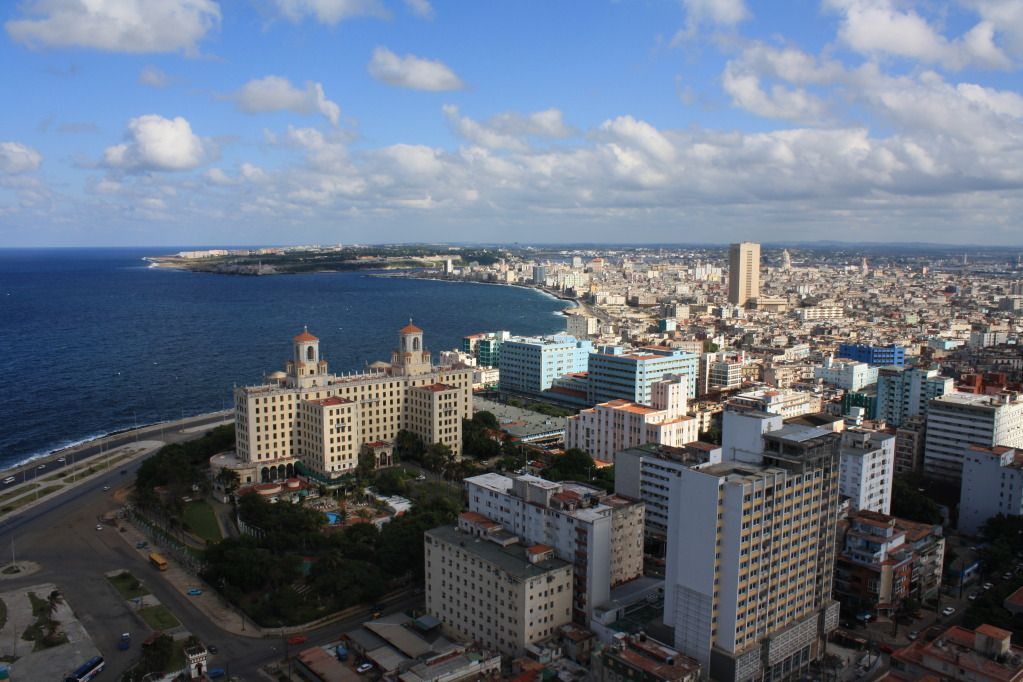
In a race against time, time is winning, except in part of Old Havana where more than 350 buildings have been restored in a widely praised operation led by city historian Eusebio Leal. He and a group of colleagues began the effort in 1967, but it took wings in 1994 when then-President Fidel Castro put Leal in charge of a state-owned firm to restore the old quarter using profits from the money spent there by tourists. "We define our battle in Old Havana as a defense of utopia," Leal told Reuters in an interview. He said tourist spending allowed him to invest $20 million in the project last year as half a million visitors traipsed through Old Havana.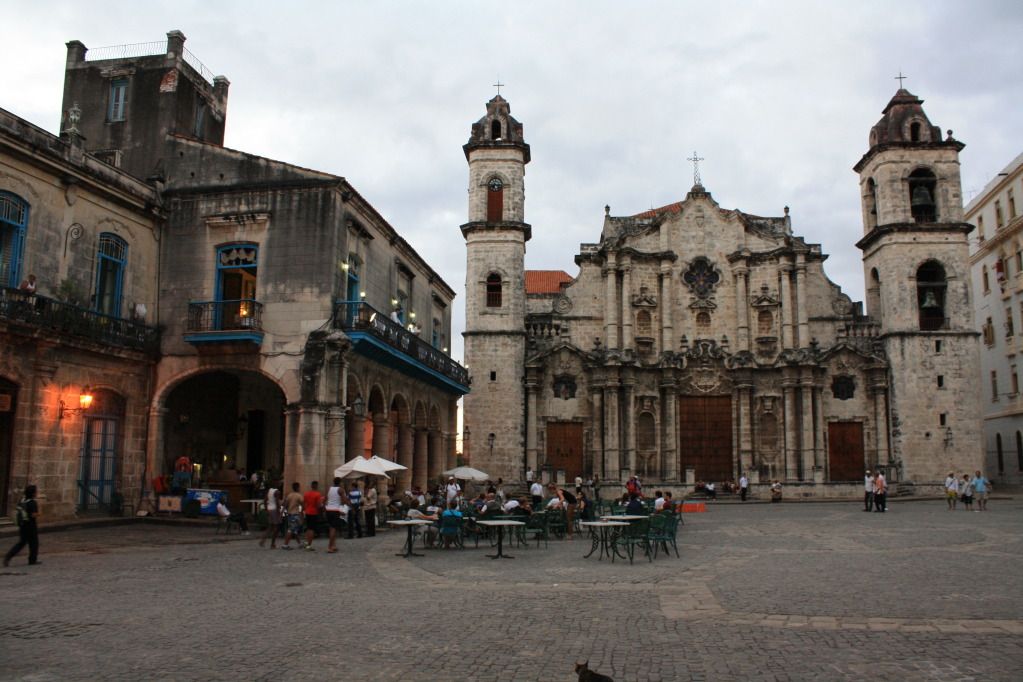
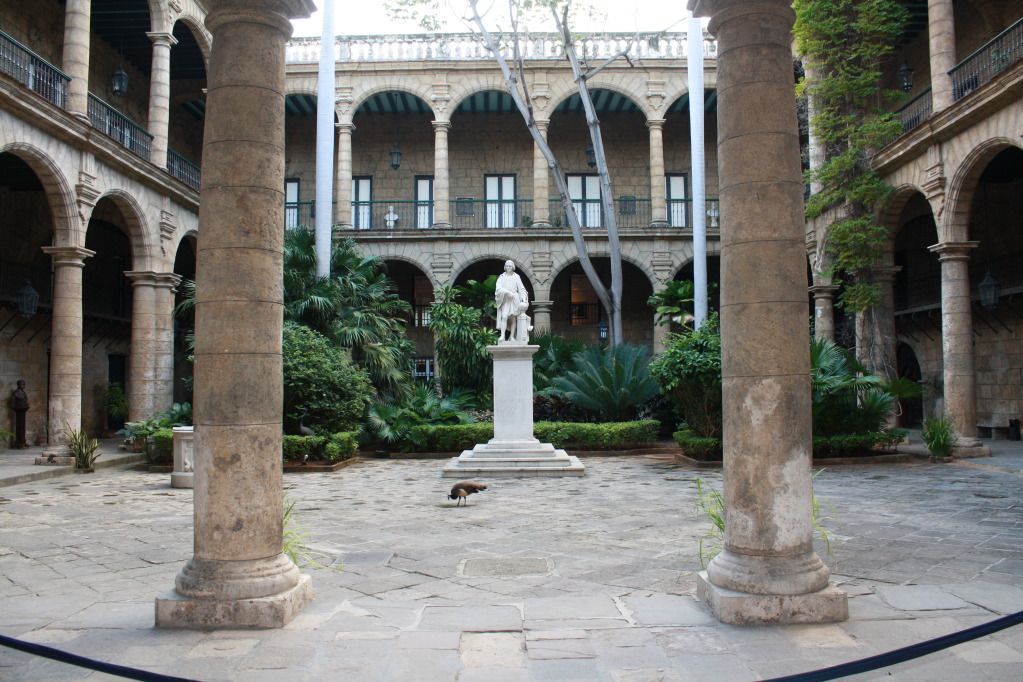

PRESERVING THE PAST
Br>
The amount of money is small compared to the need, he said. A pre-restoration study found 4,000 buildings in Old Havana's 1.3 square mile (3.4 square km) area, virtually all historically valuable and in bad shape. Leal would like to expand preservation to historic neighborhoods like Central Havana and Vedado, and has done a few renovations outside of Old Havana as "sources of inspiration." "But economic resources are decisive, and we cannot stray too far from the source, nor the idea of the core," he said
Havana is a treasure trove of architectural history with block after block of historic buildings in styles ranging from colonial to modernism. Most need repair and many have already fallen. When Hurricane Ike brushed the city in 2008, 67 buildings collapsed, raising fears about what will happen when a big storm hits Havana head on. The most basic problem is a lack of maintenance for many years following the 1959 revolution that transformed Cuba into a communist state. The new government focused on building infrastructure in the impoverished countryside and basically ignored Havana.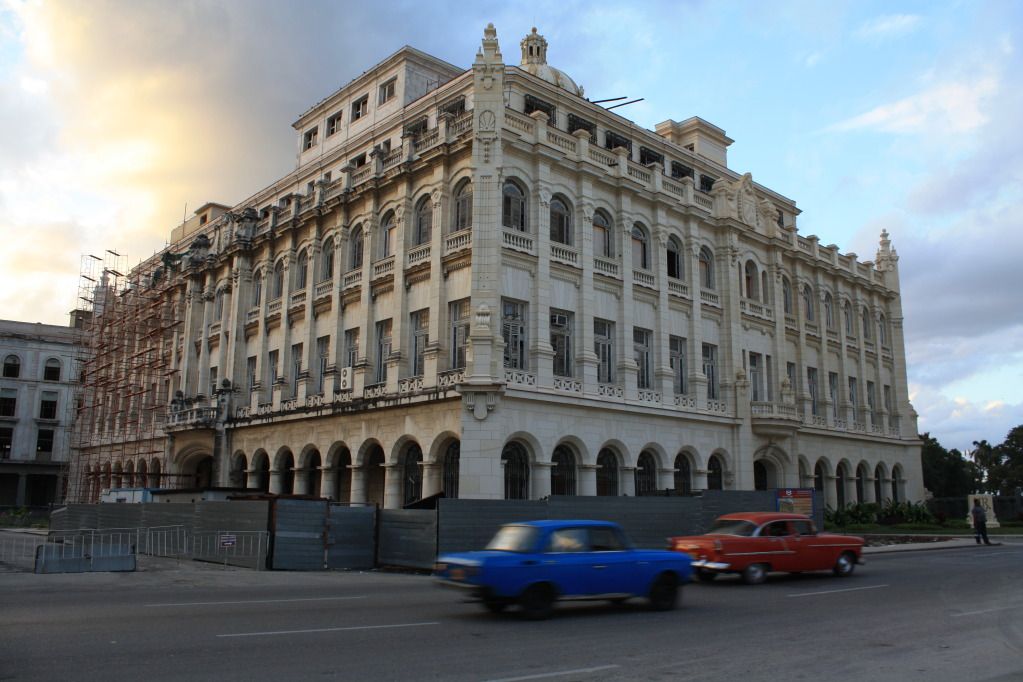
Leal said Cuba does not have the money to do more, due in part to the longstanding U.S. trade embargo against the island. "We have lived for more than 50 years in an economic and commercial war," he said. Government opponents blame the communist system Fidel Castro put in place and the economic woes that followed. Leal argues that the revolution saved historic Havana from Cuban capitalists, who he said had plans to replace old buildings with new, even in Old Havana. "Without socialism, Old Havana would not be preserved," he said.
About 6 percent of Old Havana restoration funds come from organizations such as the United Nations, but more could be done if the government allowed greater private investment from abroad, said Bernd Herrmann, head of the Havana-based Swiss travel agency Cuba Real Tours. Cuba has a problem in that many visitors come - 2.42 million in 2009 -- but, due to insufficient tourist infrastructure and poor service, do not return, Herrmann said. "If they would let in investors, the satisfaction of the clients would be greater. We'd have more repeaters," he said.
Other ideas have been floated about how best to save Havana's history, including at least two proposed city plans, one by the architecture school at Florida International University in Miami, the other by Cuban architect Julio Cesar Perez Hernandez. Perez Hernandez said he drew up a plan because the government does not have one and the city desperately needs it. "It's overwhelming. When I see how much should and could be done to give Havana back its glorious image, I suffer." It is likely a moot point for now because Cuba has been hit hard by the global recession, so the government is more concerned with putting food on Cuban tables than preserving the past. There is a social side to the project in Old Havana, where Leal said schools and health clinics have been restored or constructed, and the program's 16 hotels create employment.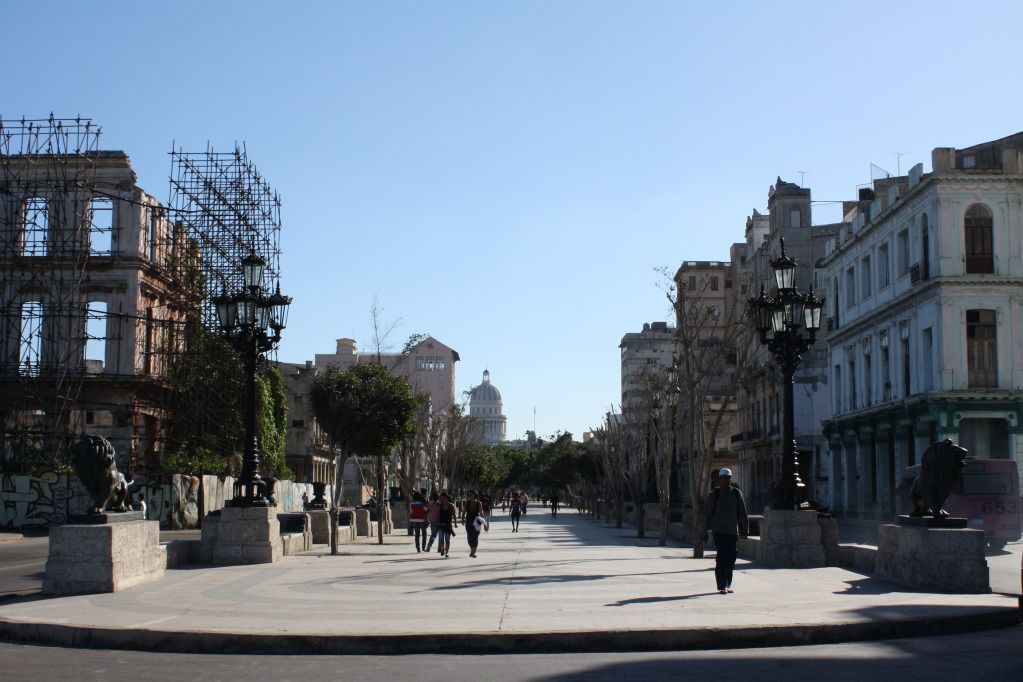
But many locals say they have to illegally sell cigars to tourists or serve them meals in their homes or just try to befriend them in hopes of getting money because while Old Havana flourishes, they do not. "The people in Old Havana benefit from tourism from the things they do on the side," said Diogenes, who is trying to make his rustic home presentable so he can rent rooms to tourists. "I only want what I need to live. I don't want to be rich."[Source: Reauters article by Jeff Franks]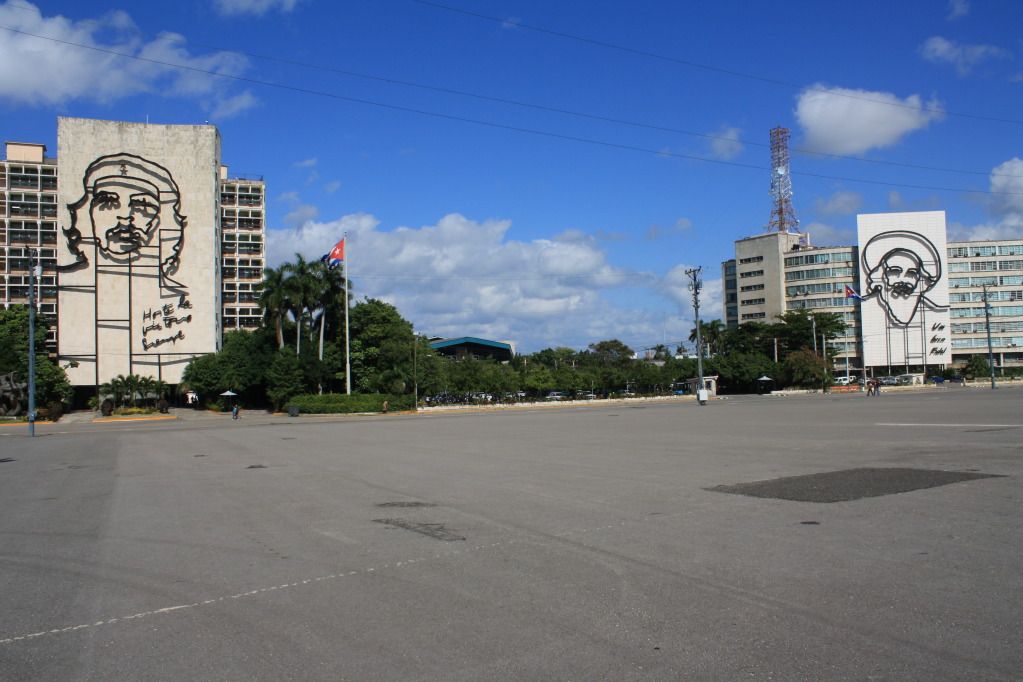 0
0 -
Awesome pics. Thanks for sharing!0
-
great pictures, sad to hear those buildings are slowly dying0
-
great stuff rip. we def get to live through your eyes.0
-
Interesting article,, Dont know why but it reminds me of the differences that existed between West and East Berlin when the wall was up!!!,, I know this may sound like an off the wall question, but what are their civil rights like,, and or is prostitution prevalant in Cuba???Thanks for the photos and insight.0
-
Thanks Rudy. You can compare with West and East Berlin in certain extends but please also remember that the Cubans have some internet access and they meet many foreigners. It is also the 21st century and the weakness of capitalism also has been exposed. I would say, they are caught in-between.
Well, the civil rights is questionable in my standard. However, civil right has different meaning to different people. At the same, my feeling is average Cubans would like to have little more freedom.
Prostitution is widely visible and commonly acceptable. This is one of the reason why many European travel to Cuba frequently.The Kid:Interesting article,, Dont know why but it reminds me of the differences that existed between West and East Berlin when the wall was up!!!,, I know this may sound like an off the wall question, but what are their civil rights like,, and or is prostitution prevalant in Cuba???Thanks for the photos and insight.0












